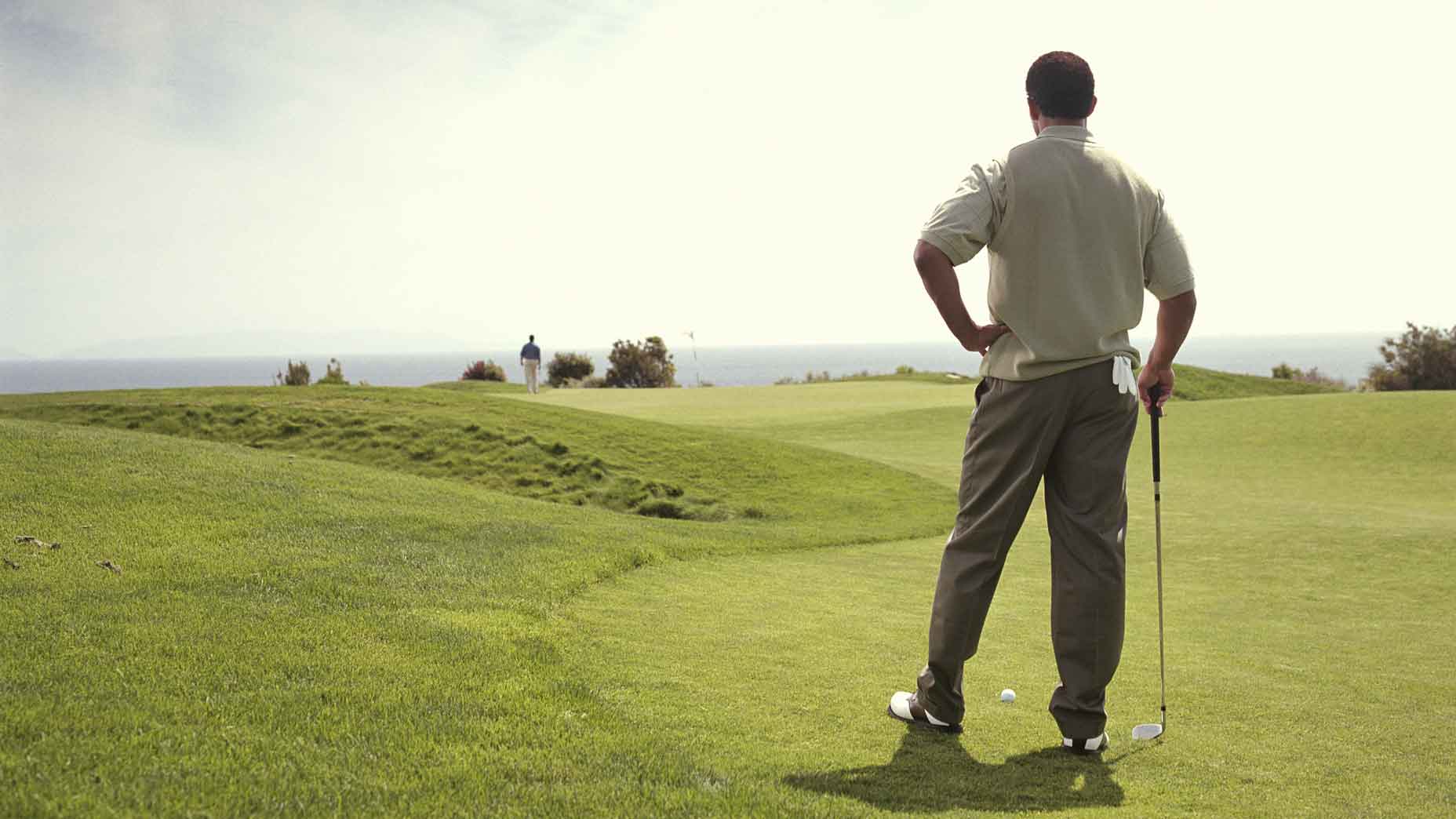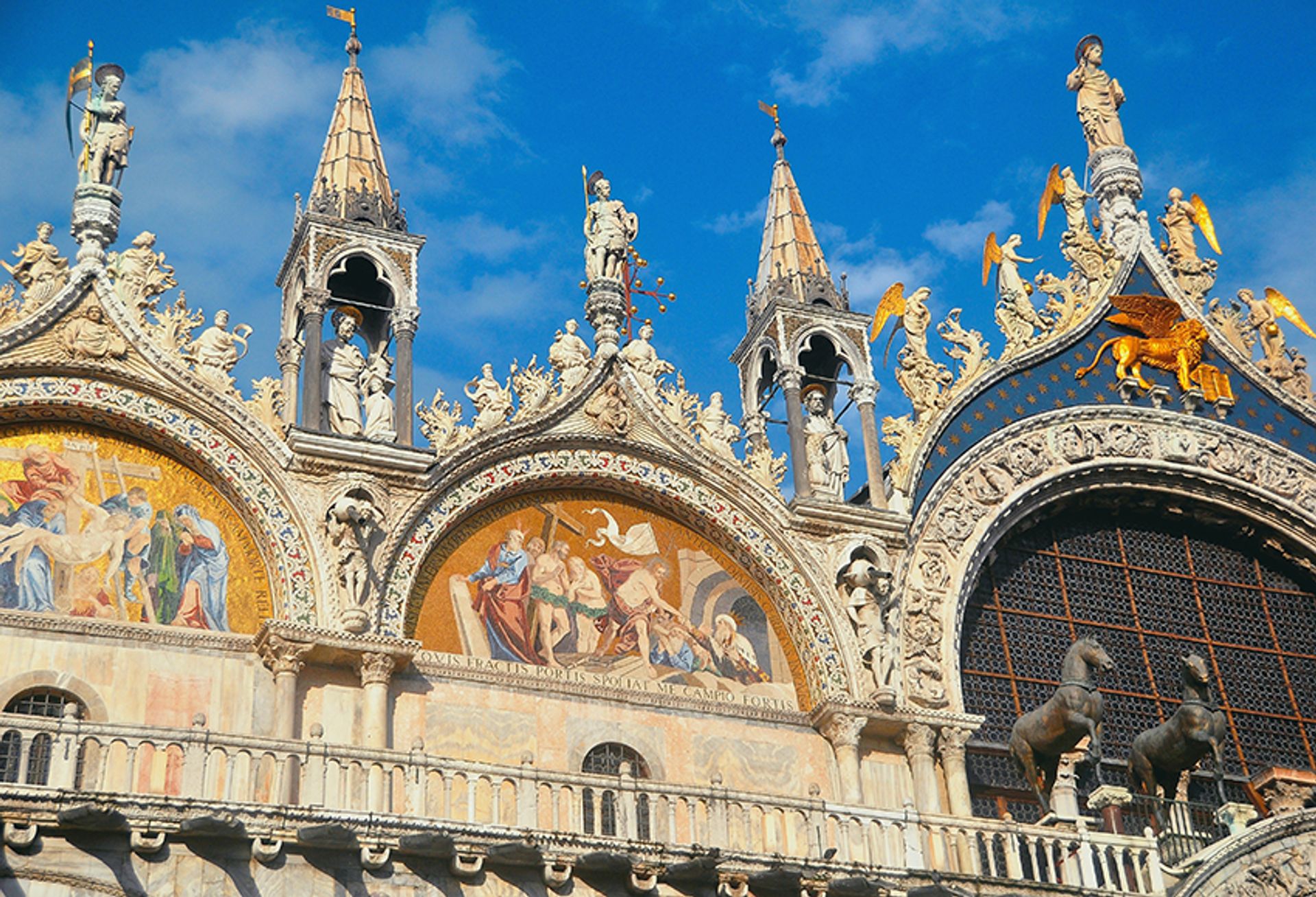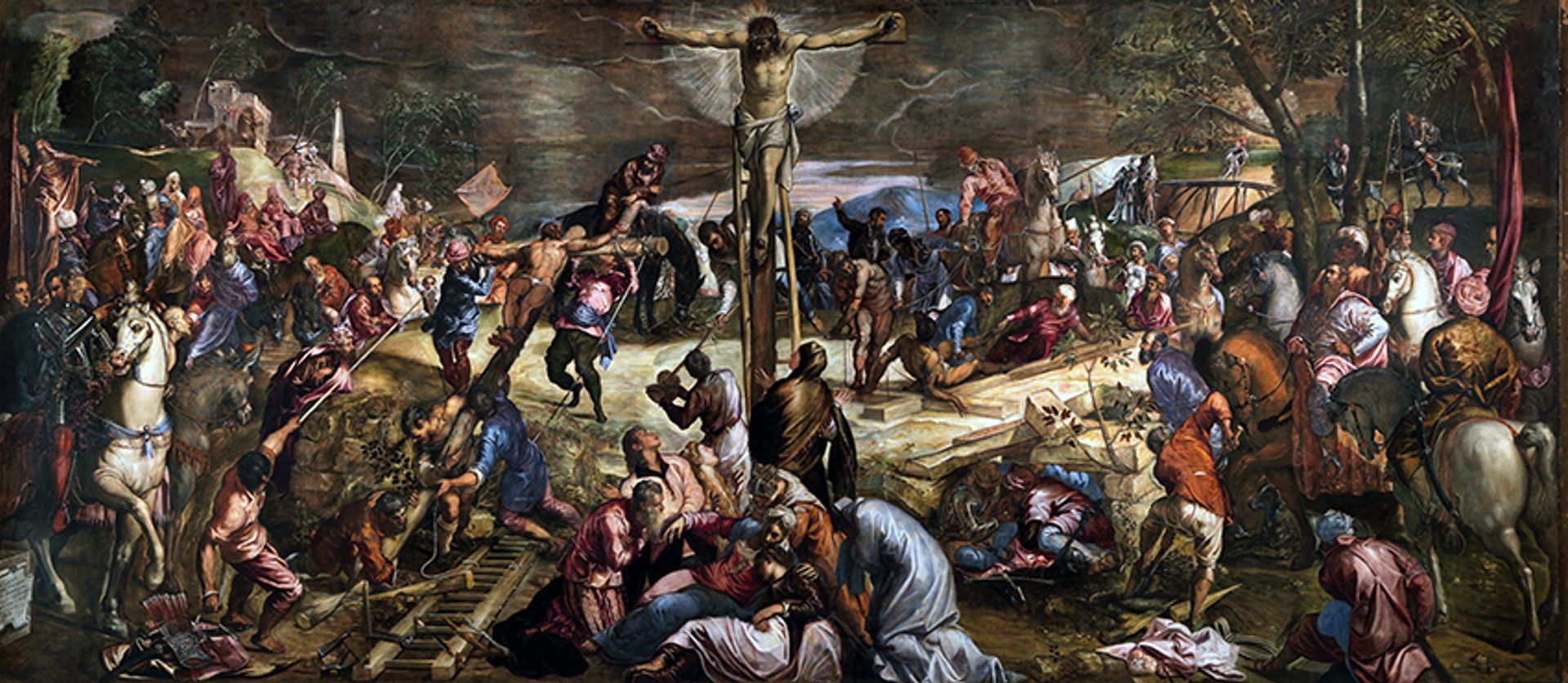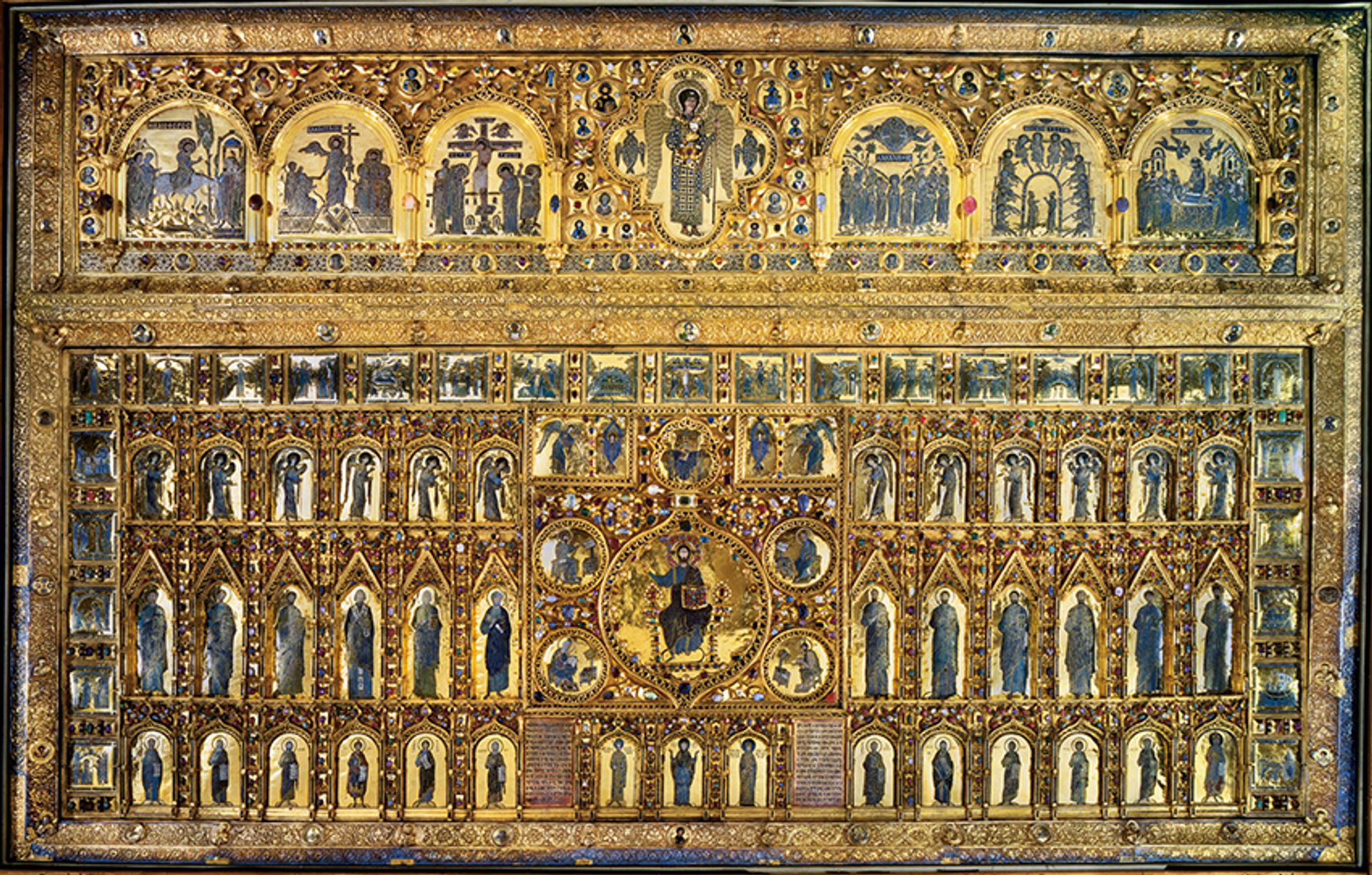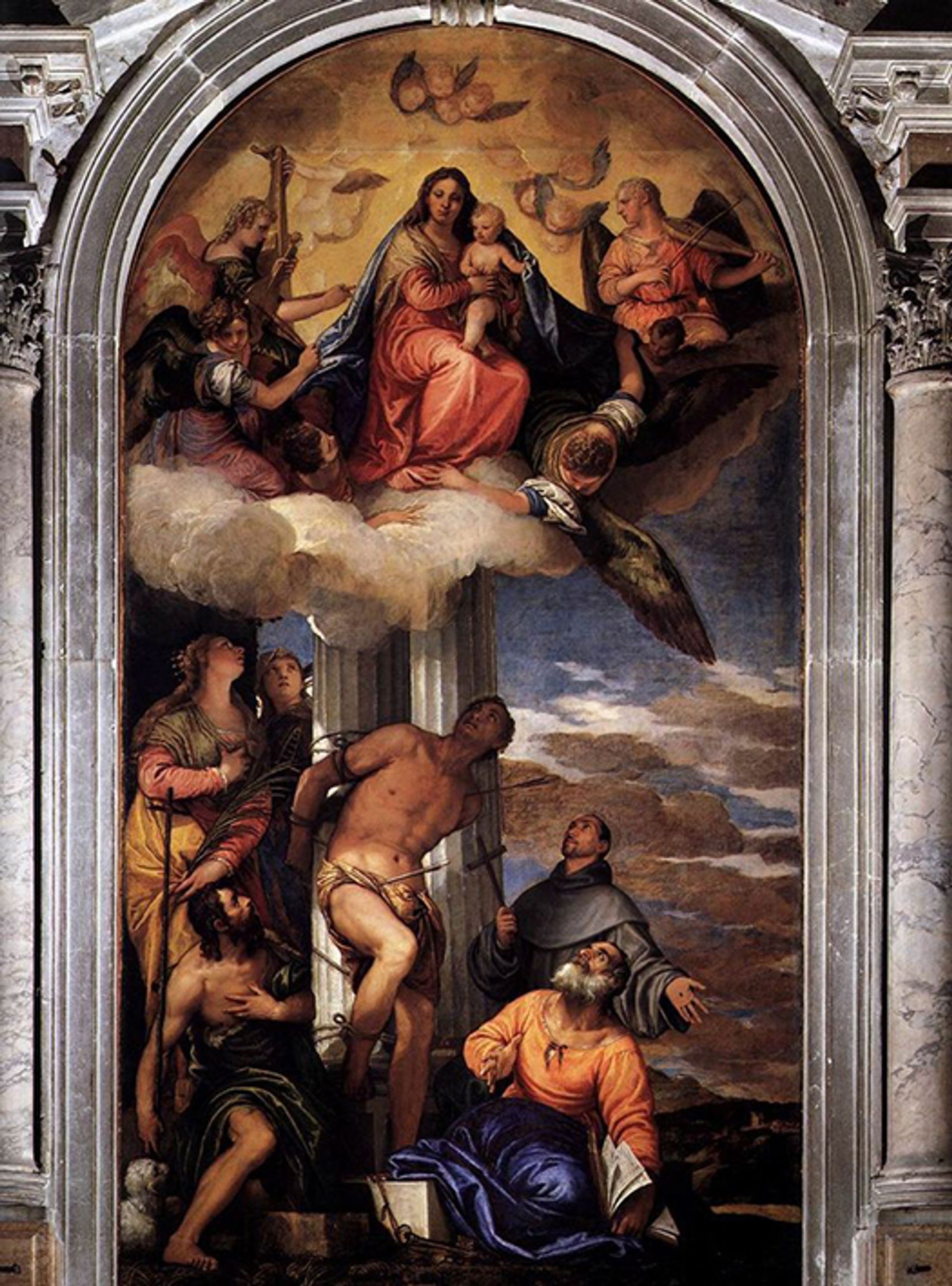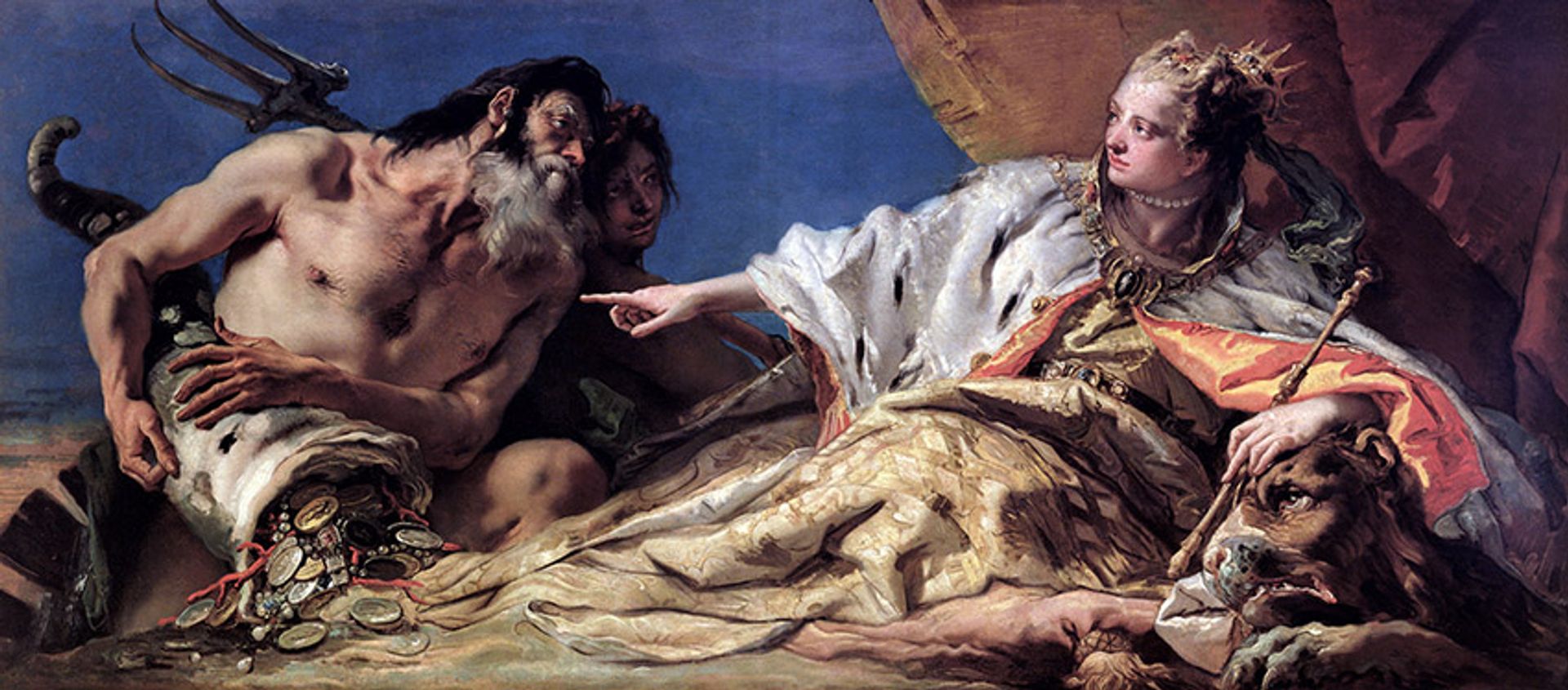Save your chatter for when you're walking to your balls, and not when you're readying to him them.
GETTY IMAGES
“Ipaid good money for this round. I don’t want to rush.”
So goes the truculent retort of countless slowpoke golfers when asked if they might, please, pick up the pace. Aside from signaling self-absorption (the people you’re holding up paid good money, too), the reply speaks to a common misperception: getting through a round with reasonable dispatch does not require shifting into hyper-drive.
Lucius Riccio is the author of “Golf’s Pace of Play Bible,” founder of the Three/45 Golf Association (yep, 3 hours and 45 minutes is the goal) and chief analytics officer of FairwayIQ. Though he’s quick to point out that glacial play is largely a function of poor management decisions (such as jammed-together tee times and ill-considered course setups), he says that everyday golfers can be culpable, too.
What are the remedies for those who don’t like feeling “rushed”? Here are 6 simple ways to get a move on without having to huff and puff.
1. Hold the punchline
Stop us if you’ve heard this one before: guy on the tee sets down his stogie and pauses, mid-waggle, to recount his favorite shaggy-dog tale. Not only is he doing a bad Norm MacDonald, but he’s also bogging down your progress.
Three minutes is the maximum it should take to clear the tee, Riccio says (same goes for greens and fairways). In short, save the side-splitting yarns until everyone has hit.
6 ways to pick up your pace of play without feeling rushed

Save your chatter for when you're walking to your balls, and not when you're readying to him them.
GETTY IMAGES
“Ipaid good money for this round. I don’t want to rush.”
So goes the truculent retort of countless slowpoke golfers when asked if they might, please, pick up the pace. Aside from signaling self-absorption (the people you’re holding up paid good money, too), the reply speaks to a common misperception: getting through a round with reasonable dispatch does not require shifting into hyper-drive.
Lucius Riccio is the author of “Golf’s Pace of Play Bible,” founder of the Three/45 Golf Association (yep, 3 hours and 45 minutes is the goal) and chief analytics officer of FairwayIQ. Though he’s quick to point out that glacial play is largely a function of poor management decisions (such as jammed-together tee times and ill-considered course setups), he says that everyday golfers can be culpable, too.
What are the remedies for those who don’t like feeling “rushed”? Here are 6 simple ways to get a move on without having to huff and puff.
1. Hold the punchline
Stop us if you’ve heard this one before: guy on the tee sets down his stogie and pauses, mid-waggle, to recount his favorite shaggy-dog tale. Not only is he doing a bad Norm MacDonald, but he’s also bogging down your progress.
Three minutes is the maximum it should take to clear the tee, Riccio says (same goes for greens and fairways). In short, save the side-splitting yarns until everyone has hit.
2. Wave up the group behind you
Granted, it can feel counterproductive when you’ve got an eightsome gathered on a green. But, Riccio says, the time you wait for the group behind you is often made up on the next hole because the fairway ahead has had a chance to clear when you get to the tee.
Waving up on all par-3s can shorten an 18-hole round by up to 10 to 20 minutes, Riccio says.
3. Don’t spectate, play
The passenger seat of a cart is not a place to camp out and watch your partner. While they’re playing, grab a club or two, stroll to your ball and find your yardage. This is not rushing. It’s called getting ready. It should not take more than 45 seconds to play a shot.
4. Walk this way
The average walking pace for men ages 60-69 is roughly 3 miles per hour. You can walk as briskly as a 69-year-old man. That translates to covering about 100 yards per minute.
5. Avoid large search parties
When it comes to looking for a lost ball, four’s a crowd, Riccio says. A three-person search party is as big as it should get, and if you’re not searching, don’t just gawk from afar — go play your own ball.
6. Check your ego in the parking lot
Golf is hard. Playing too much golf course makes it harder still. How do you know if you’ve bitten off too much? Subtract your handicap index from the slope, Riccio says. If that number is greater than 142, you’re in too deep. Play it forward!
An inside look at Champions Retreat, host of the ANWA's first two rounds
Nicklaus. Palmer. Player. Three of the world's greatest golfers share their course designs on one piece of property in Evans, GA. Even beyond the golf, GOLF's Emily Haas and Claire Rogers found the entire Champions Retreat experience is a great one.
Pinehurst Wheel of Courses
Pinehurst Resort features ten courses, led by World Top 100 and U.S. Open host, Pinehurst No. 2. With so many courses and so little time, our team spun the Wheel of Courses to decide which 18 to play. It's Pinehurst like you've never seen it before.

